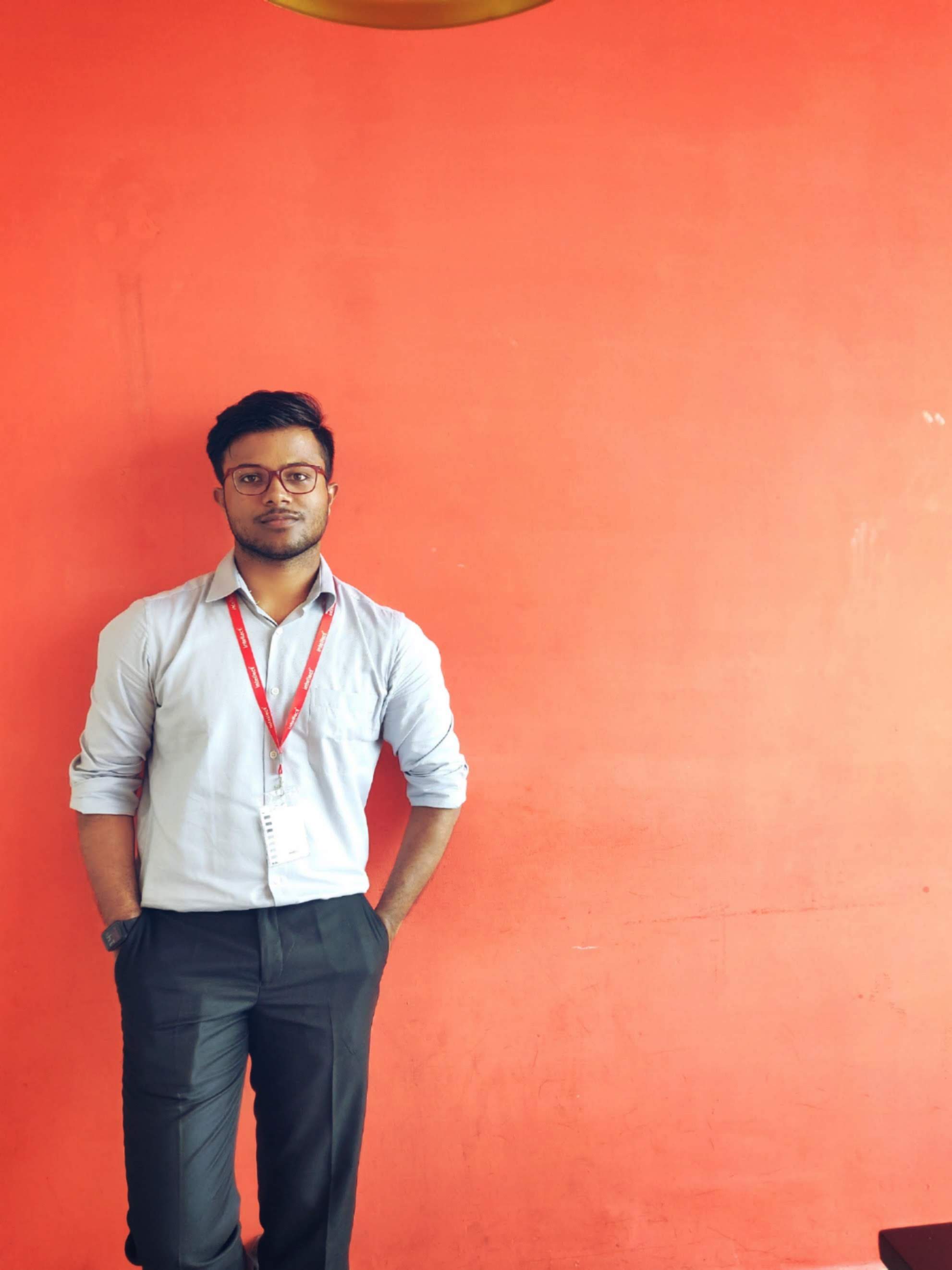The government plans to sell the bandwidth to telecom players at a discount of 75%, further connecting it to their 4G-based-broadband to provide the high-speed internet and wireless broadband connectivity. The top three telcos Reliance Jio, Airtel, and Vodafone-Idea are already working with BharatNet.1.5 Lakh panchayats are already connected to the internet. 11,000 WiFi hotspots are installed in rural areas. Broadband services have already started in more than 48,000 villages.
We generally believe this spike can help tech firms to acquire customers and offer services to a bigger pool. E-commerce, access to credit, e-learning, digital services, and the list goes on. All these verticals can tap into rural India, considering it as the first step towards doing business on par with urban areas and Tier-2 cities.
Such a rosy picture it is. But there is a catch here. Though usage is spiked, rural India is using the internet for different reasons. Youtube and Tik Tok remains the most used apps in rural areas. Social media and entertainment contribute majorly to the spike, language being the key here
Shopping activity remains very low, as people still don't trust the online model. Apps still not being available in local languages is another reason. The rise in rural internet users is just the first step towards becoming a digital-first economy.
Improving last-mile connectivity, speed, and quality of internet and availability in local languages remain important factors that are to be addressed. We can build a reliable internet ecosystem only after all these issues are addressed.
For any firm that is based out of the internet, tapping these next billion first time internet users is key to offer their services to a wider pool and thereby increase their revenues. India will truly become a digital-first country only when every single Indian will have equal and uninterrupted access to the internet. This will also enable the technology firms to provide solutions to a lot of issues that are plaguing the country.
By
Bhavith Sunkara
Second year student of IFMR GSB Krea University



















Comments